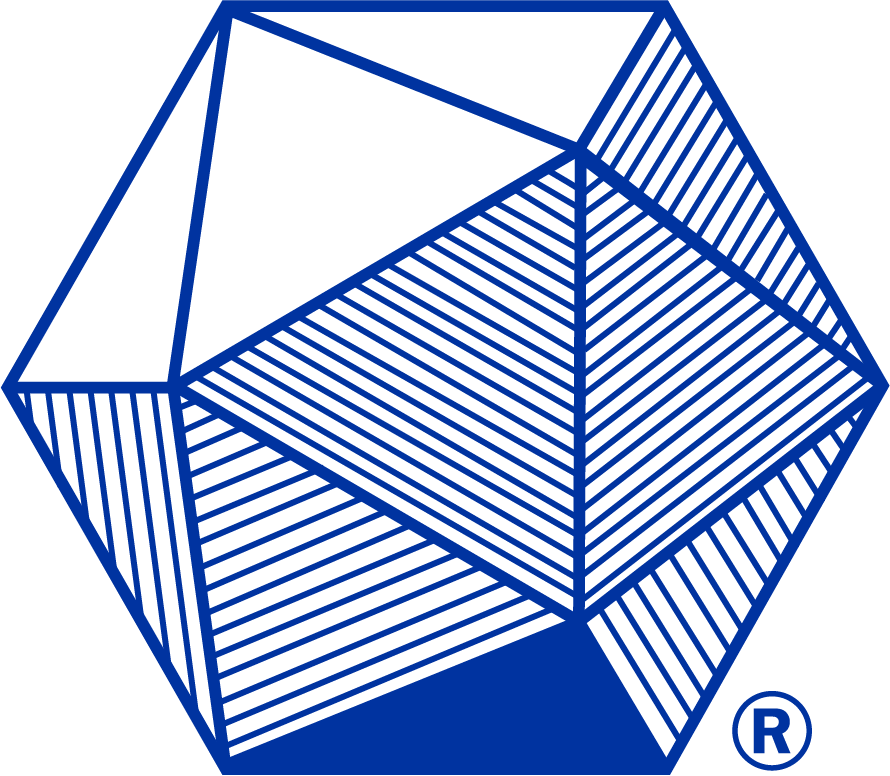Friday – Mar 28
Location: Morris Conference Center Rooms 130 & 104
-
- Time:
- 2:00 pm – 5:30 pm
- Title:
- Seaway NExT Workshop (Room 130)
- Speaker:
- Marie McDonald (Cornell University) and Jeff Johannes (SUNY Geneseo)
Abstract
"NExT" is short for "New Experiences in Teaching" and all of us can gain from new experiences. All faculty and graduate students are welcome at our workshop and there is no cost to participate for anyone. Seaway NExT is a great way to develop local contacts and to share and hear ideas about the challenges and opportunities for new faculty. There will be three topics: developing a course design, creating a class culture and integrity, and working with non-majors and general education courses. For the topic of developing a course design, bring an in-progress course design for advice and discussion; this could also just be an element of your course.
-
- Time:
- 2:00 pm – 5:00 pm
- Title:
- Executive and Extended Executive Meetings (Room 104)
- Speaker:
- Brad Emmons (Chair of the Section, Utica University)
Friday – Mar 28
Location: Morris Conference Center Le Cafe and Otsego Grille
-
- Time:
- 5:30 pm – 6:30 pm
- Title:
- Social Hour (including appetizers and refreshments)
Abstract
The Social Hour will take place in Morris Conference Center Le Cafe, a room adjoining the location of the banquet.
-
- Time:
- 6:30 pm – 7:30 pm
- Title:
- Banquet
-
- Time:
- 7:30 pm – 8:30 pm
- Title:
- Banquet Presentation: Four thousand years of encouraging math students to study theory along with problem-solving: What has worked?
- Speaker:
- Kim Plofker (Union College)
Abstract
"Students just want to be taught an algorithm for problem-solving, they don't want to learn theoretical aspects." How often have we heard that observation from a mathematics colleague (sometimes directed specifically at students "these days")? In this talk, we'll explore how far back "these days" go, in multiple mathematical cultures stretching over many centuries, and their perpetual quests and stratagems to encourage the study of theory among their pupils. (And whether and when it has worked!)
-
- Time:
- 8:30 pm – 10:00 pm
- Title:
- Game show!
- Speaker:
- Blair Madore (SUNY Potsdam) -- Host Extraordinaire!
Saturday – Mar 29
Location: IRC #3
-
- Time:
- 8:30 am – 8:40 am
- Title:
- Welcome
-
- Time:
- 8:45 am – 9:30 am
- Title:
- Invited Lecture: How to be a mathematical JEDI knight
- Speaker:
- Ryan Gantner (St. John Fisher University)
Abstract
In the summer of 2020, in response to a national moment, the Seaway Section’s executive committee issued a statement in solidarity with those protesting racial injustice. Arguably, we’re having another national moment in 2025 regarding Justice, Equity, Diversity, and Inclusion (JEDI). But what does this have to do with math or math instruction? After all, math doesn’t have opinions or biases, does it? Today, the goal is for everyone to walk away with some perspectives regarding JEDI and mathematics. What does this mean? And what doesn’t it mean? What are some relevant action items? Today’s format will be interactive so that we may learn from each other.
-
- Time:
- 9:40 am – 10:25 am
- Title:
- Business Meeting
- Speaker:
- Chaired by Brad Emmons
Abstract
There will be a section election; nominees are accepted from the floor during the Business Meeting and voting will occur during the meeting.
-
- Time:
- 10:30 am – 11:15 am
- Title:
- Gehman Lecture: From Graphs to Signed Graphs, or, Why You Should Sign Your Graph
- Speaker:
- Thomas Zaslavsky (Binghamton University)
Abstract
A signed graph is a graph (or network) in which every edge has been signed, positive or negative. This began in social psychology but it turns up all over the place: physics, chemistry, biology, sociology, complex systems, big data, economics, and mathematics, and even in graph theory since an unsigned graph can be treated as having all positive signs, or sometimes all negative signs. It will be no surprise that signed graphs are no less complicated than unsigned graphs, but perhaps slightly surprising that one fertile source of signed graph theory is generalizing graph phenomena to signed graphs. There are many graph phenomena we don't yet know how to generalize, but some we do. In social relations, a positive edge represents attraction and a negative edge repulsion. There are hundreds of papers about analyzing large social networks with signed edges, such as trying to predict how signs might change over time, which extends the problem of predicting edges in an unsigned network. A basic property of a graph is its circles (or, "cycles", "polygons"). In signed graphs there are two kinds of circle: positive, and negative. They have very different implications for the graph properties that are incompletely understood. For instance, suppose every circle is positive. If all edges are positive, that's just a graph. If all edges are negative, it's a bipartite graph. If edges have both signs, it's complicated. (This is closely connected to social relations analysis.) Theorems about odd circles in graphs are often special cases of signed-graph theorems about negative circles (by making every edge negative). We don't yet know what most of those signed theorems are. We like to draw a graph on a surface, but which surface? There has been a lot of work on this. If the surface is nonorientable, like the Klein bottle, we use signs to describe twisting of orientation. Most signed graphs can only be drawn on a nonorientable surface. But which surface? We don't know much about it. Coloring a graph means assigning a color to each vertex so that no two adjacent vertices have the same color. Signed graphs have coloring with signed colors, a chromatic number, and a chromatic polynomial. This is explained by geometry. Eigenvalues and determinants of graph adjacency matrices A, which are matrices of 0's and 1's, are a major part of graph theory. A signed graph also allows -1's, which makes things more complicated. So far, we have limited results. Organic chemistry, statistical physics, ecology, cell regulation, ...
Saturday – Mar 29
Location:
-
- Time:
- 11:30 pm – 12:30 pm
- Title:
- Catered Lunch
Saturday – Mar 29
Location: Fitzelle Classrooms
-
- Time:
- 12:45 pm – 2:45 pm
- Title:
- Parallel Contributed and Student Presentation Sessions
Abstract
Please refer to the session schedules for details of presenters and times.
Saturday – Mar 29
Location: Hallway Outside IRC#3 and IRC#3
-
- Time:
- 3:00 pm – 3:20 pm
- Title:
- Afternoon Refreshments
Abstract
Enjoy refreshments as you peruse the posters!
-
- Time:
- 3:00 pm – 3:20 pm
- Title:
- Poster Session
Abstract
Check out the Poster Session description for the names of poster presenters and information about their posters.
-
- Time:
- 3:30 pm – 4:15 pm
- Title:
- Closing Lecture -- Every Game I'm Shufflin', Shufflin'
- Speaker:
- Steve Butler (Iowa State University)
Abstract
Shuffling is a well-known aspect of gameplay to help make the decks "sufficiently random" to make the game interesting. Shuffling is also a source of mathematical exploration where shuffles are thought of as permutations of the cards. In this talk, we will take some tools of mathematics, modular arithmetic, and binary numbers, and show how we can apply these to shuffling, and in particular, some simple-to-learn mathematically-based card tricks, which will be performed live. Along the way, we will also learn why we should never work with jokers.

